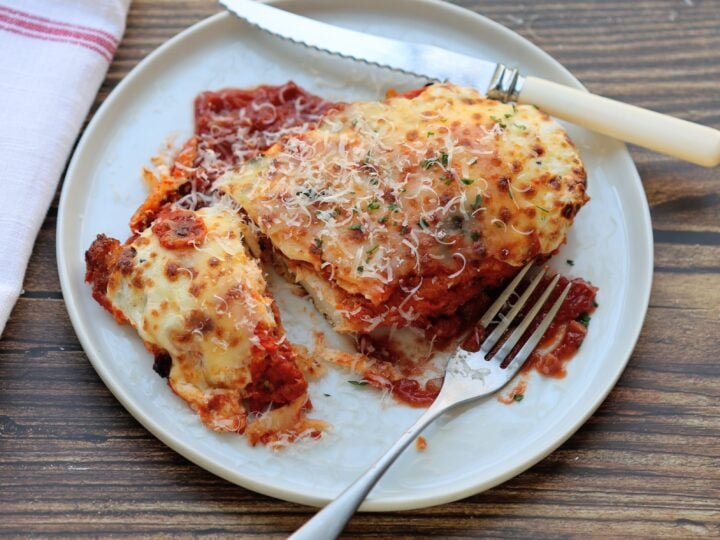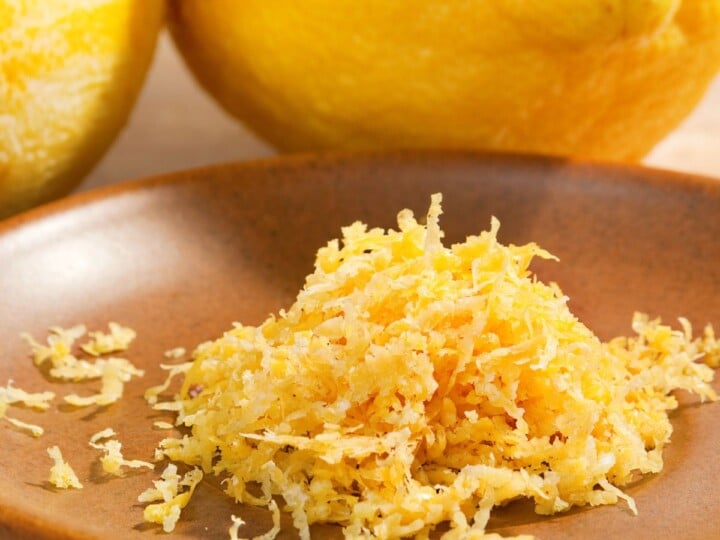How to buy chicken at the grocery store can be a bit confusing. Why are there so many different types of chicken to buy and what the heck do all the labels mean? Here’s an explanation of what everything on your grocery store poultry package means. A key take-away: There are several labeling term that mean nothing, and knowing the difference is what can lead you to a tasty roast chicken vs. a ho-hum one.

Organic? Cage-free? Air-chilled? Learn what all those dang label terms mean below.
Chicken Label Primer
Organic: The familiar USDA Organic logo really does mean that the chicken you're looking at was fed organic feed and at least had access to the outdoors. If you want to keep chemicals out of your food as much as possible, opt for organic chicken whenever possible.
Air-chilled: Try to buy air-chilled chicken if possible. The USDA requires chicken (and other poultry) to be cooled to a certain temperature in order to ensure food safety. The typical method in the U.S. is to immerse the chicken in vats of cold water - which causes the chicken to absorb water and dilute the flavor, while also increasing the risk of cross-contamination. Air-chilled birds are cooled by passing them through several chambers where cold, purified air is used to cool the meat - resulting in no added moisture, stronger flavor and less chance for contamination.
Natural: As far as labeling goes, the meaning of “natural” is up for grabs, as it can mean whatever you want it to mean. There aren't any regulations on using the word, so it doesn't tell you anything. It’s one of those throw away terms that means something and nothing at the same time.
Antibiotic-Free and Hormone-free: The term hormone free doesn’t mean much as the USDA actually prohibits the use of added hormones in poultry, so it's all supposed to be hormone-free. Antibiotics, on the other hand, are allowed, so that antibiotic-free designation means that you're not going to end up eating any medication that was given to the chicken you’re eating. If you see the USDA Organic label on an antibiotic free bird, you know it's an honest claim.

Cage-free: Again, the label cage-free doesn’t actually mean anything. Most meat chickens (unlike egg-producing chickens) don’t really live in cages, even in big factory farming operations they’re not in cages, but big warehouses, and as crazy as this sounds, that’s still considered "cage-free,”
Free-Range: This term is interesting because it doesn’t necessarily mean that the chicken was raised in a pasture, only that it had access to one. So it could mean a very good thing for the bird...or not that much at all. It’s your call whether or not you trust what the brand is selling you.
Kosher: These chickens (also called halal) are raised and prepared in accordance to Jewish culinary laws. The thing to remember here is that the word “kosher” is not necessarily an indication of quality on its own. Some brands with that label might be better than your average bird, others might not, so it's still a good idea to read the package to make a determination.
Chicken recipes to try
Let's connect!
Be sure to FOLLOW US on FACEBOOK, INSTAGRAM and PINTEREST Many thanks!








Leave a Comment